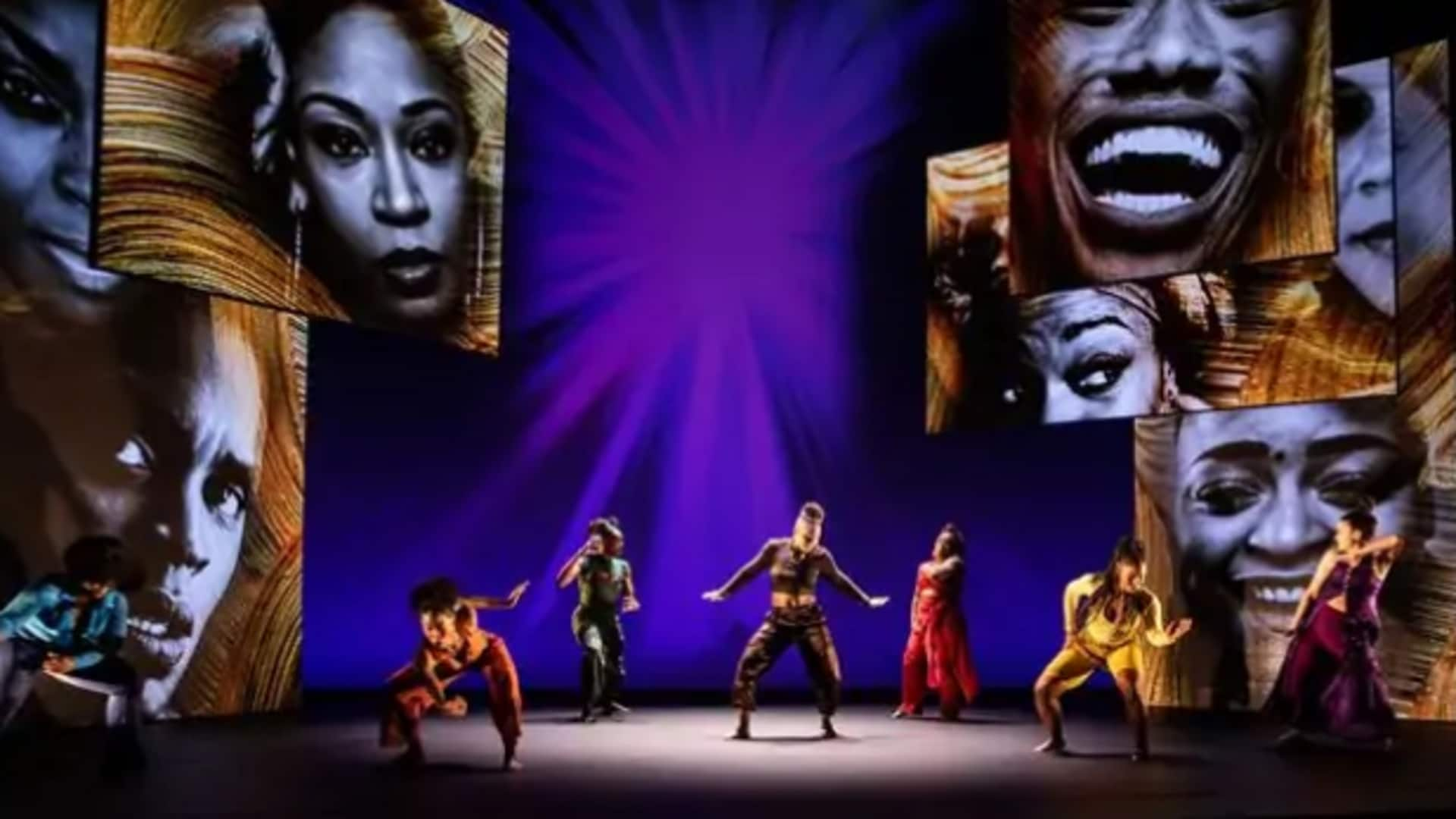
Celebrating the world's most popular choreopoem artists
What's the story
Choreopoem is the art form that combines dance, music, and poetry. Imagine telling a story not just with words, but with your whole body - that's the power of choreopoems! This article delves into the world of choreopoem artists, showcasing their incredible work in the arts and how they use their bodies and voices to convey deep themes and emotions.
Origins
Pioneers of the form
Ntozake Shange introduced the concept of "choreopoem" in 1975 with her groundbreaking work For Colored Girls Who Have Considered Suicide/When the Rainbow Is Enuf. This revolutionary piece fused dance, music, poetry, and drama to delve into the realities of African American women. Her pioneering work paved the way for artists to address societal issues through a unique blend of art forms.
Modern interpretations
Contemporary voices
Contemporary choreopoem artists are expanding Shange's legacy by integrating modern elements like digital media and interactive performances. Artists such as Camille A. Brown have received critical acclaim for their choreopoems exploring cultural identity, gender roles, and social justice issues. These performances often incorporate powerful multimedia elements, further immersing audiences in the storytelling experience.
Learning through art
Educational impact
Choreopoems aren't just for the stage; they're powerful tools for learning and engagement in schools and community centers. These performances bring history, literature, and social issues to life in a dynamic way, combining the beauty of visual art with the excitement of physical movement. Whether performing or observing, students develop empathy and understanding for complex topics by actively engaging their emotions and critical thinking skills.
Worldwide influence
Global reach
The impact of choreopoem artists reaches far beyond the US, resonating with audiences around the globe. International dance and theater festivals regularly feature choreopoems exploring universal themes of love, loss, freedom, and resilience. These global platforms allow artists from all walks of life to share their narratives, fostering cross-cultural understanding and appreciation.
Innovation continues
Future directions
As technology evolves, so does the art form of choreopoems. Young artists are pushing boundaries by creating virtual reality (VR) experiences, allowing viewers to fully immerse themselves in a performance from the comfort of their own homes. This new wave of innovation holds the potential to democratize choreopoems, making them more accessible to a global audience while providing a fresh canvas for artists to express their creativity.